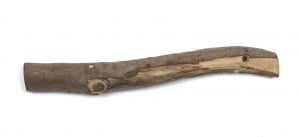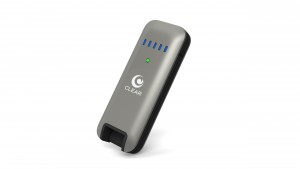How do you get started? Below is a Symbaloo webmix that holds several videos specific to the area of Blogger and will continue to expand over the next two weeks. For this post, I decided to model not reinventing the wheel - so Symbaloo will serve as a container for videos and resources created and used by others. For all you control freaks out there - it is true, others who create videos may not say exactly the same thing you would have said or shown...but remember, learning transferable skills and knowing what is out there to help you get started, is a valuable skill that will serve our students (and staff) well in the future!
In my blog example below, I have added the following gadgets:
|
Gadget
|
Thoughts
|
|
Pages
|
I wanted stand-alone pages to show information that wouldn’t
change – almost a ‘base-line’ for examining different concepts.
|
|
HTML/JavaScript
|
In this blog were used to manipulate the size and layout
of an image. You can also use the “image”
gadget, but will not have as many controls as you do with HTML
|
|
Follow by Email
|
A way for people to receive information you post – once
daily
|
|
Important Links
|
I differ from the video as I like to use links to other
resources. I tend to use the “Labels”
gadget to share my labels page
|
|
Join the Conversation (Twitter via HTML)
|
Create a widget in Twitter and copy the embed code – more on
this next week
|
|
Labels
|
I don’t like long scrolling front pages so I tend to use
the “cloud” option on the Labels gadget. The tag I use for each posts will
show up in the labels gadget – we will explore these features in a later post
|
|
Diigo (HTML Gadget)
|
Again, I create a widget in Diigo and then copy the embed
code and bring it into Blogger.
|
There are so many Gadgets out there you can add to your blog. Visit #lpsconnects to share your favorites with others!







